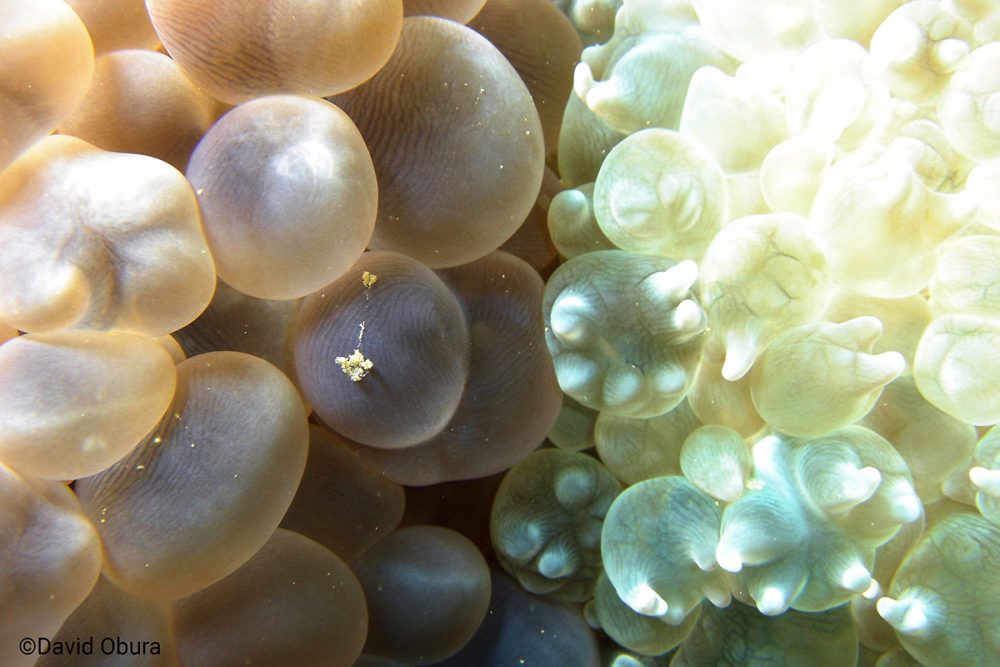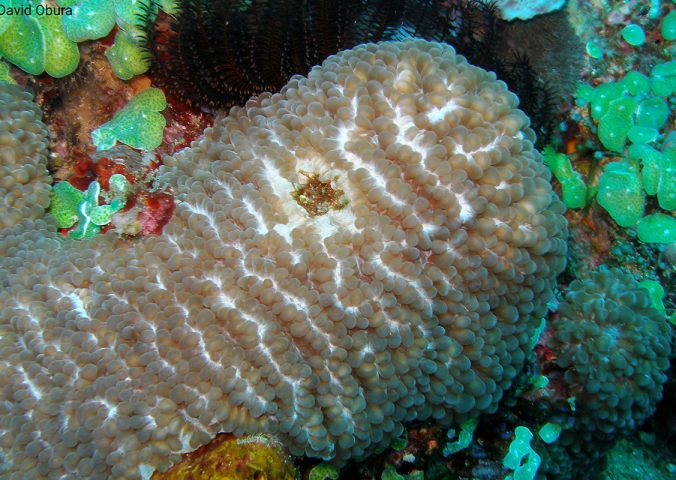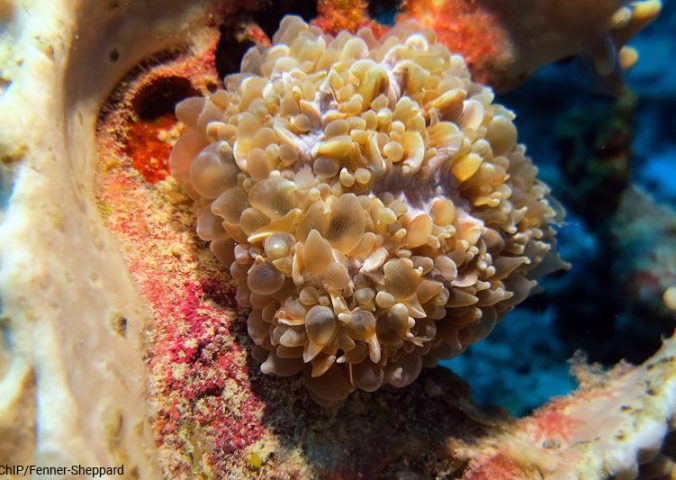About
Commonly known as the Pearl Bubble Coral, Physogyra lichtensteini is distinct due to its fleshy vesicles which are on display throughout the day providing refuge for several marine invertebrates including shrimp.
At night tentacles are extended to trap passing nutrients. This EDGE Coral is widespread and common on most shallow reefs in the Indo-Pacific but is often heavily harvested for the aquarium trade.
- Order: Scleractinia
- Family: Euphyllidae
- Population: Unknown
- Trend: decreasing
- Colony Size: Up to 3m
- Depth Range (m): 1-20
EDGE Score
Distribution
A widely distributed EDGE species, the pearl bubble coral can be encountered on reefs throughout the Indo-Pacific, from the Red Sea to the tropical Western Pacific.
Habitat and Ecology
P. lichtensteini colonies are most common in shallow and turbid reef environments and in very rare cases can reach up to 3m in diameter.







